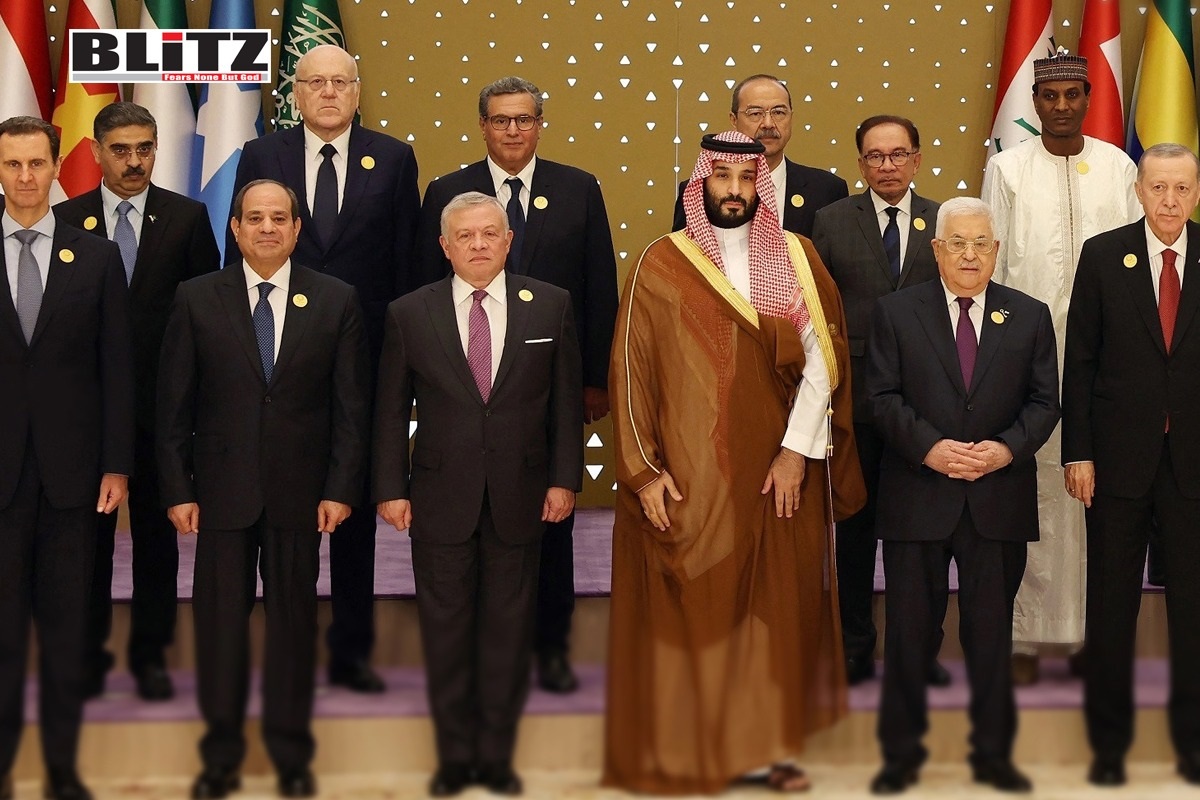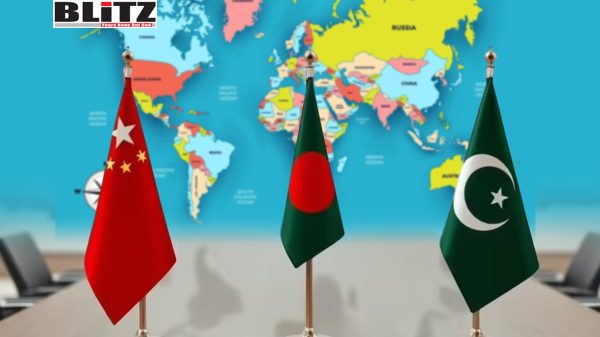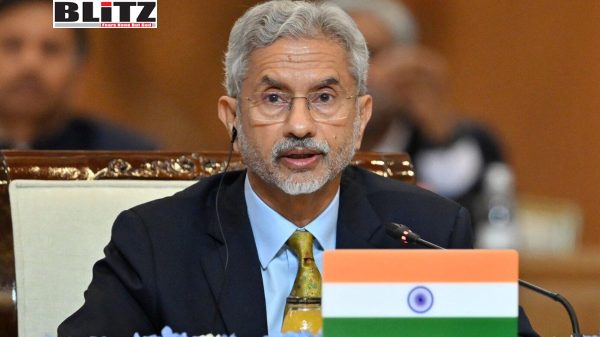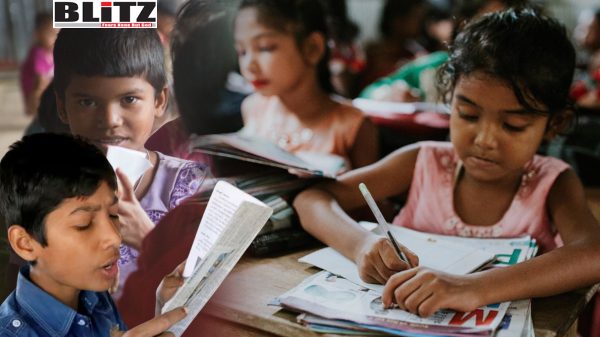Asia, Middle East should adapt to demographic winds of change
- Update Time : Saturday, March 23, 2024

In October 2023, amidst the lush surroundings of Riyadh, the Association of Southeast Asian Nations-Gulf Cooperation Council summit convened, echoing pledges of strengthened cooperation across a spectrum of partnership priorities. From bolstering market integration to fostering people-to-people ties, the joint statement resonated with aspirations for a robust alliance. Yet, amidst the grand deliberations, a silent force of change lurked beneath the surface – the relentless march of demographic transformation across Asia.
The demographic landscape across Asia is undergoing a seismic shift, with far-reaching implications for the Middle East. The stark realities of aging populations in countries like China and South Korea underscore the magnitude of this transformation. A staggering decline in birth rates over decades has set the stage for a new era of challenges and opportunities, reshaping labor markets, economic ties, and investment landscapes.
The United Nations Department of Economic and Social Affairs, in its “World Population Ageing 2023” report, elucidates the profound impact of demographic transition on nations’ age structures. As Asia traverses through various stages of population growth and dependency shifts, the contours of labor dynamics and economic partnerships stand poised for redefinition.
A myriad of factors converges to propel this demographic decline, reflecting the intricate interplay of socioeconomic dynamics. Rapid urbanization and expanded opportunities for women in education and career advancement have altered traditional family structures, leading to delayed family planning and smaller household sizes. Consequently, the region is witnessing a shrinking pool of working-age individuals, setting the stage for a recalibration of the global labor market.
For the Middle East, long regarded as a hub for expatriate labor, these demographic shifts in Asia pose both challenges and opportunities. Will the region emerge as a magnet for skilled Asian workers seeking new avenues, or will Middle Eastern investors seize the chance to leverage Asia’s changing demographics for mutual gain?
Moreover, the economic relationship between Asia and the Middle East stands poised for metamorphosis. While challenges may arise from a dwindling workforce in Asia, opportunities for collaboration and investment abound for Middle Eastern stakeholders. As Asia’s domestic markets evolve to cater to an aging populace, avenues for trade and investment in sectors like healthcare are ripe for exploration.
However, amidst these prospects lie challenges, particularly in ensuring social protection for migrant workers in the Gulf Cooperation Council (GCC) countries. As these nations transition towards aging populations, addressing labor market distortions and enhancing provisions for both nationals and migrants become imperative.
In response to these demographic shifts, initiatives like the Abu Dhabi Dialogue have emerged as beacons of cooperation. Facilitating dialogue between labor destination and origin countries, such platforms foster collaboration and innovation in addressing the challenges posed by aging populations.
As Asia and the Middle East navigate the winds of demographic change, a shared commitment to cooperation, growth, and inclusivity becomes paramount. Exchanging knowledge and best practices in geriatric care and fostering deeper understanding between the regions will not only strengthen ties but also pave the way for a future where demographic diversity is celebrated as a source of strength.
In this era of demographic flux, the dialogue between aging Asia and the Middle East assumes newfound significance, heralding a future defined by resilience and collaboration. How these regions adapt to the demographic winds of change will not only shape their economic landscapes but also lay the foundation for deeper engagement in an interconnected world.











